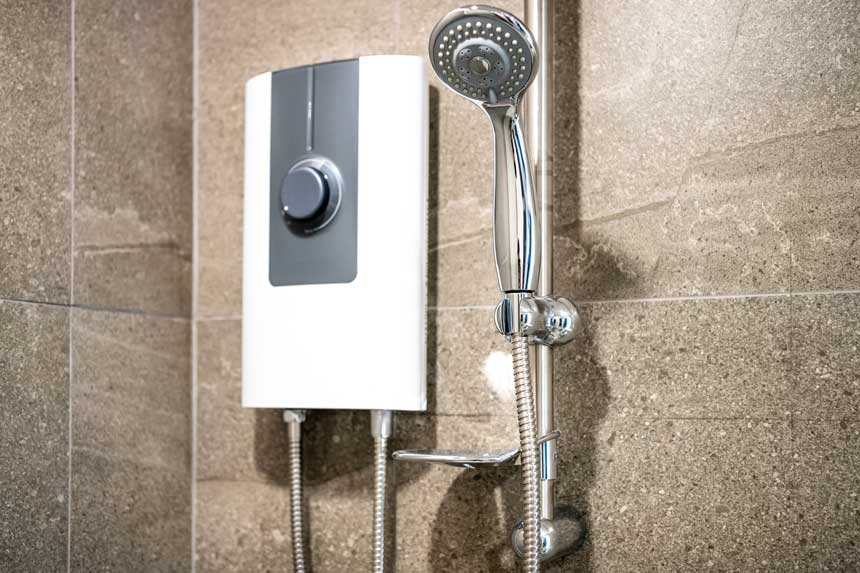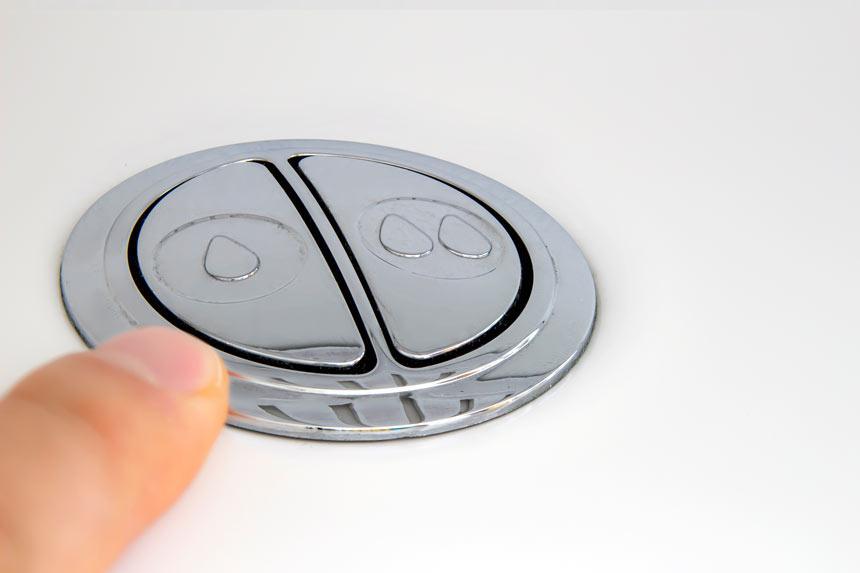As days go by, as a consequence of global warming, more people seek methods to go green with their homes and live more sustainably. It’s clear that the infrastructure we rely on in our day to day lives will need to evolve if we are to survive the planetary changes that lie ahead. One way to have some eco-oriented changes at home is to replace the plumbing system with green plumbing. Green plumbing offers valuable ways to reduce consumption, promote conservation, and cut costs
What is green plumbing?
Green plumbing is an eco-friendly plumbing service, to reduce wasted water, recycle used water, and use eco-friendly and sustainable materials. It is not only environmentally friendly but also a cost-efficient plumbing system. In fact, with green plumbing, you modify your plumbing and fittings to ensure they have a better impact on the planet. It lowers the detrimental effects of your water usage on the environment by using less water and energy. Eco-friendly plumbing solutions can help homeowners become more sustainable on their own.
Why should I switch to green plumbing?
Quite apart from the beneficial effects on the environment, by switching to green plumbing, you will be saving money on your water and energy bill each month. You will be conserving fresh and clean water as well. When you integrate green plumbing fixtures into your home, you won’t have to change your habits as much to see major savings in the amount of water you and your family use. It is estimated that you can reduce up to 20 % of your water use by installing water-efficient fixture.
How can I make my plumbing system eco-friendly?
There are different factors that need to be considered if you want to make your home plumbing more eco-friendly. We can group them into 3 categories as follows:
Indoor Changes:
When you decide to go green, it is better to look from within. If you want to make your residential plumbing green, you may want to focus on the bathroom, kitchen, and laundry room. Following the article, you can find some helpful tips.
1. Choose low-flow appliances
Many of us enjoy a hot shower at the end of a hard day. Or every time we use the toilet, shower, or sink, we use a continuous flow of water. But we are not aware of the amount of water we use during the day. One way to be more conscious and conservative with your water use is to upgrade to low-flow appliances. The term ‘low-flow’ refers to fixtures that use a smaller amount of water to accomplish everyday activities, such as showering, washing your hands, and flushing the toilet. But don not worry, less water doesn’t mean less pressure.
2. Tankless water heater

Having a large water heater sitting in your basement is convenient. However, it can be wasteful when it comes to water and energy. By choosing a tankless water heater, you can heat your water on demand. They are freestanding units that heat your home’s water instantly. As water flows through the heater and into your plumbing system, it heats up through thermal conductivity. They can be more efficient than a conventional storage tank-type water heater.be more efficient than a conventional storage tank-type water heater.
3. opt for a heat pump
Even if you do not want to heat water whenever you need it, there are some other types of heaters that help you save water and energy. A heat pump that uses electricity to heat water, is a very good way to save two or three times on your energy cost. It works better if it is located in a warmer environment such as a furnace room. The only problem with heat pumps is that you may find the installation and setup expensive and intimidating, but buying it is the best decision you can make because of the money you can save each year and the positive impact you can have on the environment as well.
4. Upgrade appliances
Older appliances tend to use an excessive amount of water. It is time to upgrade your daily appliances, such as a washer, dishwasher, or water heater, if they are more than ten years old. New home appliances are considerably more eco-friendly, and you can save plenty of water, energy, and money you pay monthly and save money on energy bills.
5. Heat water with solar power

As mentioned above, you can use a tankless heater or heat pump as different green ways to heat the water. But what if you do not prefer them? Is there any other option? Yes, you can heat your water with solar power. With solar panels on your house, you can save energy costs on heating your water. Furthermore, you can save on almost every aspect of your home that uses electricity. This energy source is one of the best methods of going green in your household.
4. Look for leaks
Your plumbing could leak for numerous reasons. When it happens, you are wasting water and money each month. It can be even more dangerous when you aren’t aware of it since this can lead to increased utility bills and some damage to your home. So, to avoid this damage, it is helpful to search for and identify leaks routinely. Be aware of where your pipes are located, keep an eye out for water stains on walls or ceilings, and check for running toilets throughout the house. If you find a leak, patch it up as quickly as possible. Though, having them checked by a professional plumber from a general plumbing service, is the best thing you can do, as they take care of the problem once and for all.
Outdoor changes:
If you want to convert your home through an eco-friendly plumbing solution, it is essential to examine your outdoor plumbing system to see what can be done. A drip water system and water butts can be the best solution to help you get better control of the amount of water you consume when watering your lawn or even washing your car. They work by catching rainwater and storing it for use later on. Collecting the rainwater saves you from relying on the plumbed water source for your daily chores. And it is an economical and environmentally friendly way of making your house more self-sustainable.
There are some other essential activities for outdoor changes such as checking the pipes and covering the pool. You should check the pipes the pipes for any small leaks, especially around outdoor faucets. Add Teflon tape to hose connectors to eliminate any leaking at the connection. If you have a pool, use a solar cover to help heat it and prevent evaporation, limiting how often you have to add more water.
Replacing items:
One of the easiest and perhaps the least expensive ways to go green with your plumbing is to replace your existing faucets and shower heads with low-flow ones. Most new faucets and showerheads are designed in a way to use less water without changing the pressure. Replacing faucets and shower heads with low-flow models is modernizing the space without costing a lot of money.
These days, toilets are being built with an efficient flush that conserves the water per flush. Installing a newer eco toilet could save up to 0.4 gallons upon each flush. Considering how many times the toilet is flushed in your house, you can save a lot of water. If you choose a dual flush toilet, you allow the toilet to use more or less water according to need. These low-flow toilets have two flushing options, one for solid waste and one for liquid.

If you have lived with a small leak from your sink faucet, it is necessary to replace it to fix the issue. Even a few drips a day can add up to a lot of wasted water over the lifetime of the faucet.
When it comes time to choose a fixture for the shower, you have a few different options. There are two types of showerheads: Aerating and Laminar flow. Aerating showerheads, as the name suggests, mix air with water, forming a misty spray. This type of showerhead is not ideal for those who live in a humid climate, though, as they can create more steam and cannot be comfortable. Laminar-flow showerheads form individual streams of water. You can find more detail in the article, “Changing the Faucet Aerator”

Figure 1- Aerating showerhead

Figure 2- Laminar showerhead
There are plenty of benefits of using low-flow faucets and showerhead. Following you can see some pros of switching to low flow fixtures:
- Reducing water consumption by up to 30% compared to traditional fixtures.
- No noticeable difference in water pressure.
- Saving up to 700 gallons of water use in a single household per year.
Materials which are used for green plumbing
Materials often used for green plumbing are polymer-based. To make your home eco-friendlier, it’s important to educate yourself on the pros and cons of different materials. Copper pipes are readily and easily recyclable. Up to 80% of the copper piping in use today has been recycled. Copper pipes do not need solvent-based adhesive, which can be toxic to people and the environment. Iron pipes are the best because they are made from 100% recycled materials. But like copper, they will corrode faster than plastic which can pollute the environment. PVC pipes are the common plastic pipes that are cheap to produce and have a long lifespan. But they require toxic, solvent-based adhesives to join. PEX pipes, or cross-linked polyethylene tubing, are plastic like PVC but don’t use toxic adhesive.
Read more about these types in the article “PEX vs. Copper vs. PVC”

PVC pipe

Copper pipe
Greywater and green plumbing
What is greywater?
Greywater can be defined as any domestic wastewater produced from showers, baths, spas, laundry, and washing machines. Water from dishwashers and kitchen sinks, because of a higher load of chemicals, fats, and other organic matter, is often referred to as dark greywater. Water from the toilet is called Blackwater (sewage).
It is estimated that just over half of household water used could be recycled. So, we can save hundreds of litres of water per day. There are two types of systems to recycle greywater: Diversion devices and greywater treatment system.
Diversion devices:
Diversion devices carry greywater from your bathroom or washing machine directly to your garden or toilet, without treating it, using a simple flexible hose. By having diverter valves, you can choose when the water flows to your garden and when it flows to the sewer. There are also some filters that remove hair or other large particles from the water so they don’t clog up your irrigation pipes. If you want to get water to all parts of your garden, especially if gravity is not on your side, it’s necessary to have a pump.
Greywater treatment system
These systems collect and treat the water to various levels of purity and hygiene. Treated water can be used in the garden as well as in washing machines and toilets.
Several stages are involved in the treatment of water. These stages include filtration of solids, removal of pathogens and unwanted chemicals using either micro-organisms or chemical treatment, and disinfection by chlorination or UV light, though not all systems do this.
In this post we tried to inform you on what green plumbing is. So, if you are ready to reduce your carbon footprint on this planet with some simple changes to your plumbing, as mentioned above, and live a greener lifestyle, it is time to contact professional plumber for some general plumbing services.
